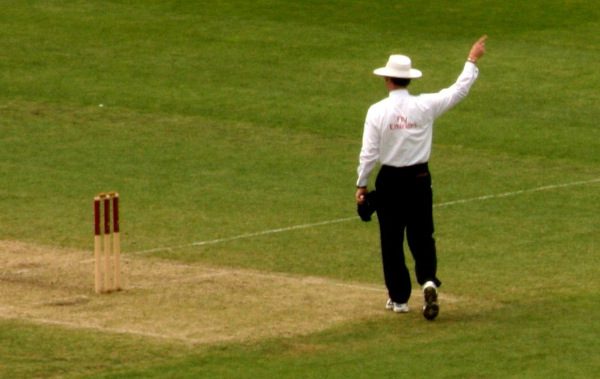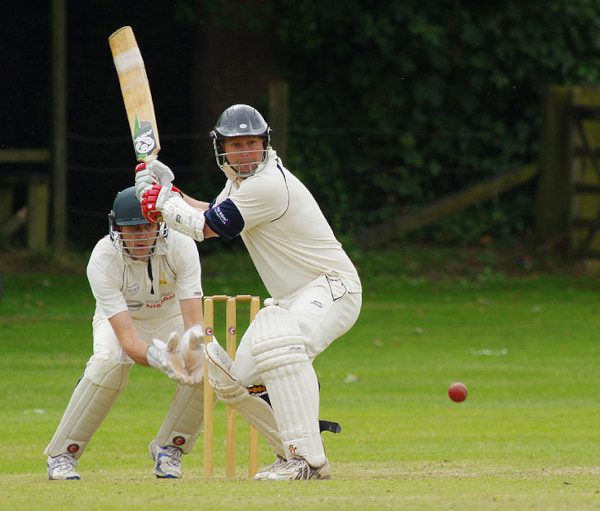Table of Contents
The soft signal is an important part of the modern game due to all of the technology that is currently used in cricket but what is it and when is it used?
What is Soft Signal in Cricket?
The soft signal is given by the standing umpires to their third official and it is meant to help them come to a decision. One of those standing officials will either signal ‘out’ by raising their finger in the usual manner or they will signal ‘not out’ by crossing their hands in front of them.
The third umpire now has to make the final decision.
How Does the Soft Signal Work?
The soft signal is used when there is an appeal by the fielding side and the standing umpires are not completely sure as to whether the batter is out or not. In some cases, such as a fielder catching the ball close to the boundary rope, an appeal may not have been made but the umpires are still unclear on the final decision.
The matter is then referred to the third umpire and the standing officials will ask for confirmation from that third official.
The ‘out’ or ‘not out’ soft signals are given as an indication as to what the on-field umpires think the decision should be.
The TV umpire will then study replays of the incident, using slow motion and a number of angles, in order to uphold or overturn that soft signal. Information is conveyed to the standing officials and the final decision is then confirmed.
Examples of Soft Signals in a Cricket Match
- The most common example of a soft signal takes place when the standing umpires need to judge whether a catch has been taken fairly. This could apply to fielders who are close to the boundary line or the officials may want to see if the ball has touched the ground before the catch was claimed.
- Soft signals can be seen in relation to other decisions including those of batsman obstruction. These can be much harder to judge in real time so the umpires will ask the third official to study all of the evidence before a decision can be made.
- Obstructing the field is a difficult dismissal to uphold and, unless the circumstances are entirely obvious, it’s likely that appeals of this kind will almost always be referred to the TV umpire.

Controversy over the Soft Signal Rule
The soft signal has raised controversy in the past and it’s likely to continue to do so under the current law. The issue is due to the fact that the third umpire, having received a soft signal, then has to find clear evidence that the signal is wrong in order to overturn the on-field decision.
In cases such as catches close to the ground, footage is often inconclusive and there is no alternative but to stay with the soft signal.
Many feel that it should be left for the TV umpire to make a judgement call without being influenced by a soft signal. This is especially true when it’s felt that the standing officials do not have enough evidence to make a call on the field.
A catch claimed by Ben Stokes in a T20 international against India in March 2021 caused a particular stir. The TV footage was inconclusive but many felt that the ball had touched the ground. However, because the on-field soft signal was ‘out’ the third umpire did not have enough evidence to overturn.
A number of current players feel that the law is wrong in cases where the on-field umpires are ‘guessing’ and that it needs to be changed.

When was the Soft Signal Introduced in Cricket?
The concept of the soft signal was first introduced in 2014. Prior to that date, umpires simply communicated without any indication being given to the third official.
I think this is a necessary law but there are flaws in the ruling itself. Having watched many games where the soft signal has been used, it’s often seemed clear that the umpires on the field of play have no clear idea as to whether the batsman is out or not.
If they are reasonably certain, then I think it’s fair that a soft signal can be given. If there is any doubt, then surely they can refer to the third umpire without having to make a ‘guess’.


